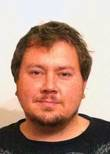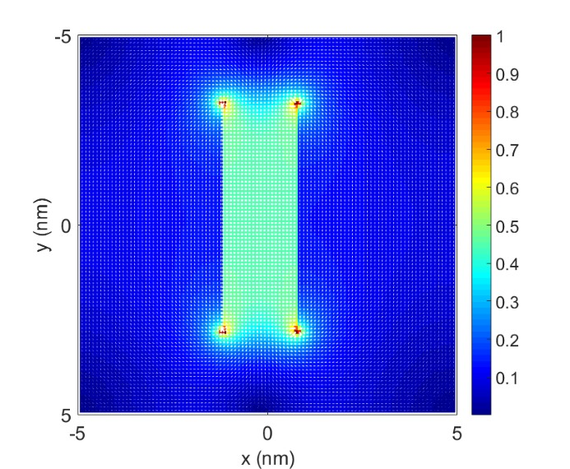 |
|
Biography
Dr. Mischa Thesberg is a Canadian researcher within the IuE. He has a B.Sc. (2008) in Computational Science from the University of Waterloo and an M.Sc. (2010) and Ph.D. (2014) in Computational Condensed Matter Physics from McMaster University. His research focuses on quantum transport and high-performance computing methods and his most recent interests include thermoelectrics, two-dimensional materials, novel nanoelectronics devices and quantum transport formalisms such as the Non-Equilibrium Green's Function (NEGF) approach.
Computer Modeling of Ferroelectric Materials for Future Computing Technology
As we move ever deeper into the digital age and as computing technology becomes a ubiquitous and ever-increasing aspect of modern life, the need to improve and progress that technology year-on-year remains of paramount importance. For over a half century, consistent progress has been achieved with unwavering regularity, with the tempo of this advancement described by Moore's Law. For the last few decades, however, this unbroken advancement has become increasingly plagued by a growing set of issues and hurdles, and with that, this momentum has begun to slow.
To combat this impending slowdown and to drive further progress, there is an increasing need for new device designs that can address these growing issues. Furthermore, as an additional economic consideration, such new devices should only require manufacturing processes, methods and materials that are mostly consistent with existing approaches, so that their adoption may be financially feasible for the computing industry at large. Under these sets of constraints, an attractive avenue of new device technology has emerged in the form of ferroelectric devices. These devices have architectures that are very similar to existing ones - and thus they can be produced with existing manufacturing process flows - with the key difference being the inclusion of a layer of ferroelectric material.
Ferroelectric materials are the electrical counterparts of ferromagnetic materials and have the property of being able to permanently hold an electrical polarization, much like how a fridge magnet maintains a magnetic one. Inclusion of such materials in either logic (FeFET) or memory (FeRAM) devices allows the distinction between the two - namely logic and memory - to be erased and for the development of single devices capable of both functionalities. Such devices would allow a circumvention of many of the issues currently hindering progress. A more exotic possibility involves the utilization of ferroelectric materials held at non-equilibrium to allow so-called "negative capacitance" in existing devices (NC-FETs). Such devices would be a huge boon to near-term progress.
It has been the goal of our recent work to develop a set of computer models of ferroelectric materials that can be integrated with existing computing device simulators (i.e. TCAD) in order to allow for the study of these emerging devices within the context of simulation rather than much more costly experimental investigation. More specifically, the existence of computational models that easily integrate with existing TCAD is currently limited and furthermore most of these methods are incapable of modeling proposed "negative capacitance" devices. Thus, our ongoing work is focused on meeting these emerging needs.

Fig. 1: A sample simulation of the electric field resulting from a charged parallel plate capacitor.



